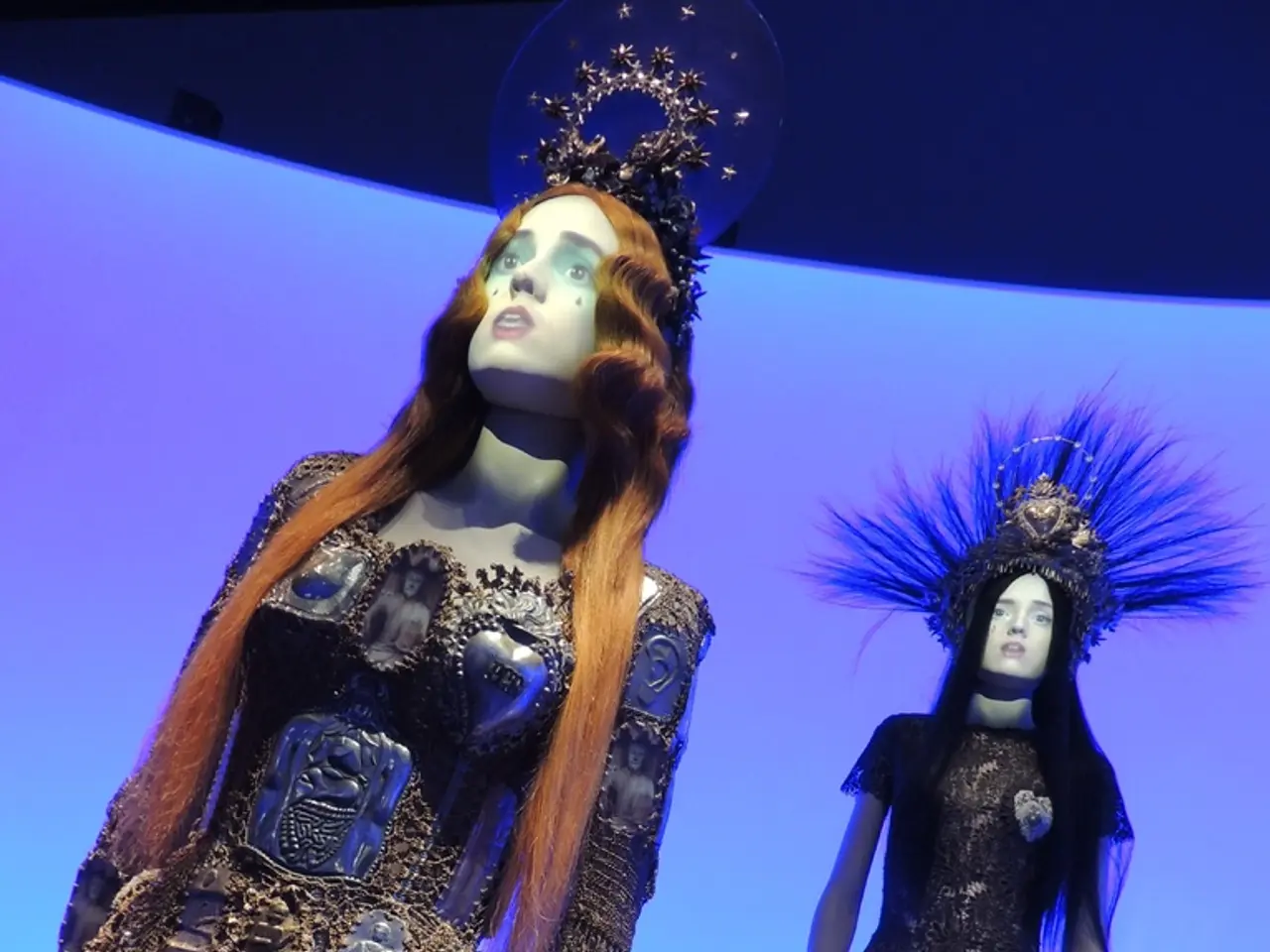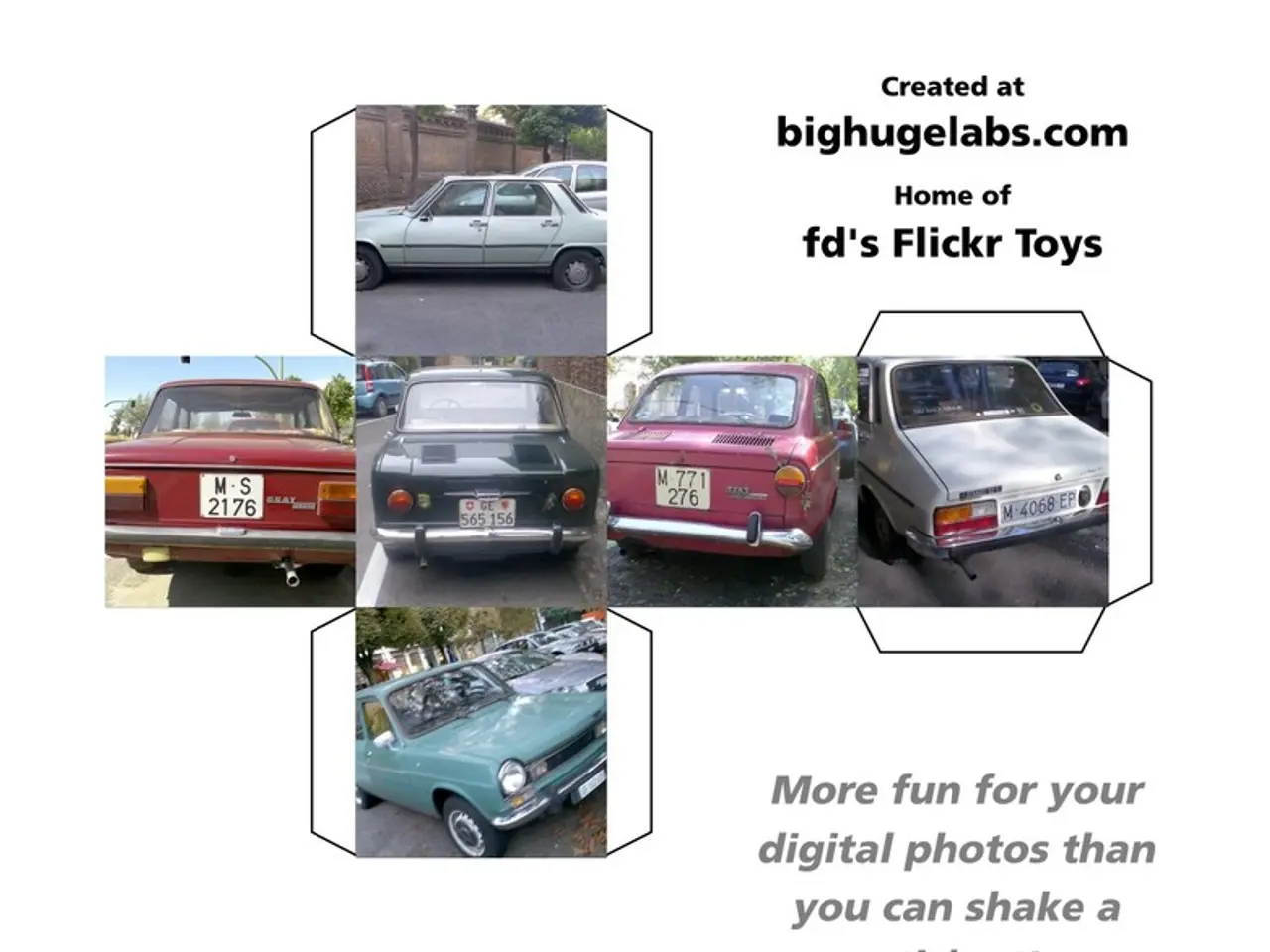"Exploring Emerging Trends in Apparel and Design"
In 2025, the fashion industry is undergoing a significant transformation, with a focus on sustainability, inclusivity, and technology. Social media has become a powerful tool in this shift, enabling brands to reach consumers directly and shape trends through influencer partnerships and shoppable posts.
One key trend in sustainable fashion is circularity. Designing garments with their entire lifecycle in mind is now the norm, with clothes being recyclable, repairable, or compostable. Many brands produce items "for deconstruction," enabling recycling or reuse after use. Circular business models such as clothing rental, resale platforms, and capsule wardrobes promoting fewer, high-quality versatile pieces are booming.
Sustainable Materials Innovation is another crucial aspect of this shift. The use of organic cotton, hemp, bamboo, Tencel, recycled fibers, and novel fabrics like mushroom leather or pineapple leaf leather is widespread. These materials reduce reliance on resource-intensive virgin synthetics and are often biodegradable or recyclable, lowering environmental impact.
Ethical Production and Transparency are also at the forefront of sustainable fashion. Increased consumer demand for supply chain transparency has led brands to adopt certifications and publish detailed sustainability reports. Regulatory efforts, especially in the EU and countries like France, are mandating eco-design and banning wasteful disposal practices, which reinforces genuine sustainable practices and curbs greenwashing.
The secondhand market has entered the mainstream, with apps and platforms making it easier and trendy to buy and sell authenticated pre-owned fashion. Rental services also gain popularity as consumers embrace shared ownership models to reduce waste.
Technology plays a crucial role in accelerating these shifts. 3D Printing and On-Demand Manufacturing enable zero-waste creation of custom or small batch garments, minimizing overproduction. Advanced Dyeing Techniques use bacteria or recycled wastewater, drastically reducing water and chemical use traditionally associated with textile coloring.
Supply Chain Tracking and Transparency Tools, Digital platforms, and blockchain enhance traceability and consumer trust, enabling shoppers to verify ethical sourcing and environmental claims. Material Science Advances lead to the development of alternative textiles from natural sources and recycling innovations, enhancing material sustainability.
Artificial Intelligence is expected to play a significant role in the future of fashion, particularly in areas such as trend forecasting, personalized shopping experiences, and supply chain optimization. AI technologies can analyze vast amounts of data to predict consumer preferences and streamline production processes.
The future of fashion is expected to be more inclusive by embracing diversity in terms of body size, ethnicity, gender, and age. Brands are committing to reducing carbon emissions, implementing circular economy principles, and investing in sustainable materials and production methods. There is a greater emphasis on transparency and accountability within the fashion industry, with brands being held accountable for their environmental impact.
Social media has enabled direct communication between brands and consumers, allowing for more authentic and engaging interactions. There is also a growing trend towards circular fashion, where products are designed to be reused or recycled at the end of their lifecycle. The future of fashion is expected to be more sustainable, inclusive, and technologically advanced.
[1] Circular Fashion: The Future of Sustainable Clothing. (2021). Forbes. Retrieved from https://www.forbes.com/sites/forbesbusinesscouncil/2021/02/12/circular-fashion-the-future-of-sustainable-clothing/?sh=740b744c5426
[2] The Future of Fashion: Sustainability, Tech, and the Circular Economy. (2020). World Economic Forum. Retrieved from https://www.weforum.org/agenda/2020/01/the-future-of-fashion-sustainability-tech-and-the-circular-economy/
[3] Sustainable Fashion: The Future of the Industry. (2020). The Guardian. Retrieved from https://www.theguardian.com/fashion/2020/jan/21/sustainable-fashion-the-future-of-the-industry
[4] The Rise of Sustainable Fashion and the Role of Technology. (2019). McKinsey & Company. Retrieved from https://www.mckinsey.com/business-functions/sustainability/our-insights/the-rise-of-sustainable-fashion-and-the-role-of-technology
[5] The Future of Fashion: Sustainability, Inclusion, and Technology. (2021). Fast Company. Retrieved from https://www.fastcompany.com/90505721/the-future-of-fashion-sustainability-inclusion-and-technology
- In 2025, the fashion industry is focusing on sustainable innovation, such as circular fashion and materials innovation, to reduce its environmental impact, with technology playing a crucial role in these efforts.
- The rise of environmental science and climate-change awareness has led to a shift in the fashion-and-beauty industry, with many brands adopting circular business models and using sustainable materials like organic cotton, hemp, or mushroom leather.
- As the future of fashion becomes more inclusive, brands are not only focusing on sustainable practices but also on embracing diversity and reducing carbon emissions, with social media acting as a powerful tool in this movement.



